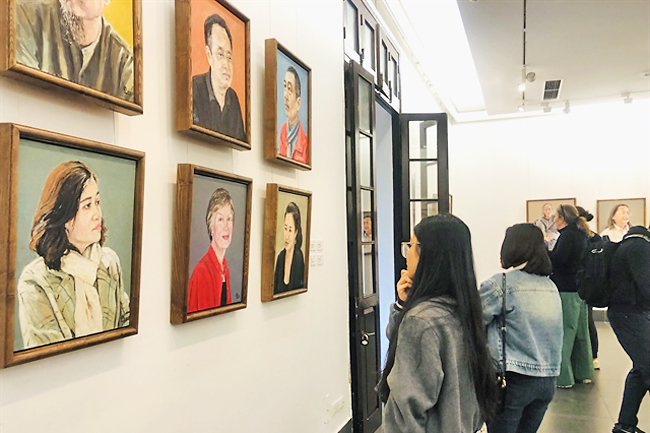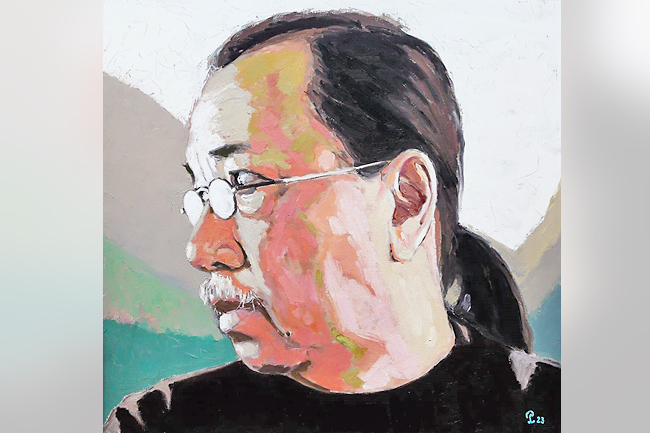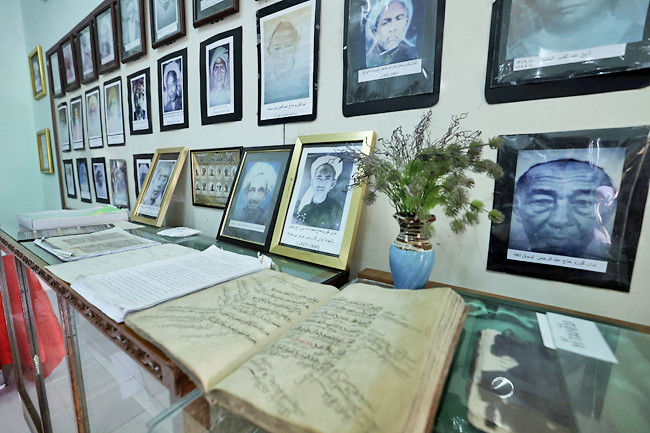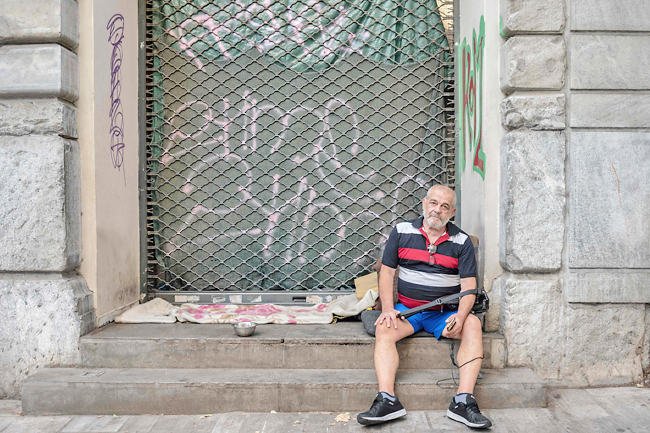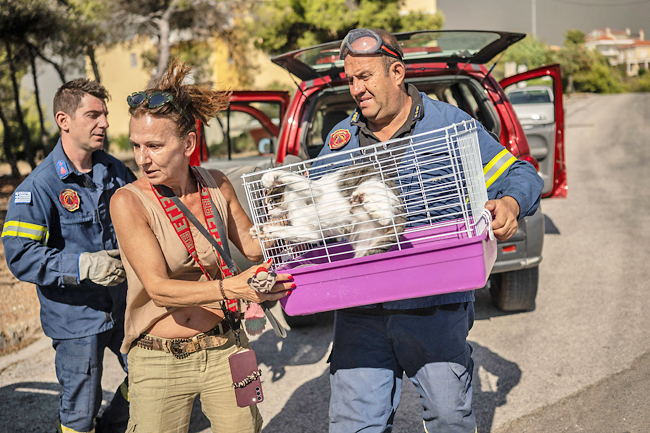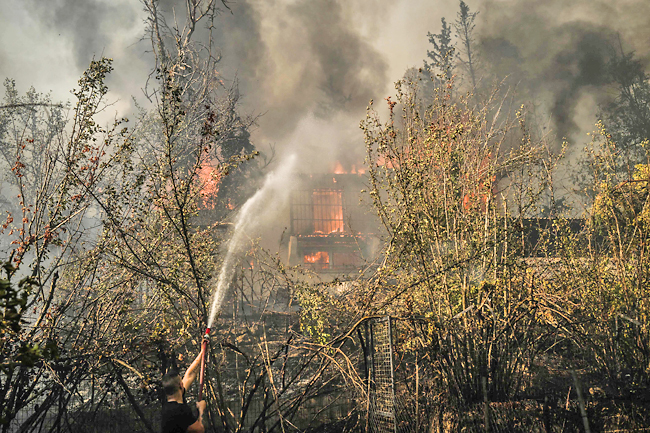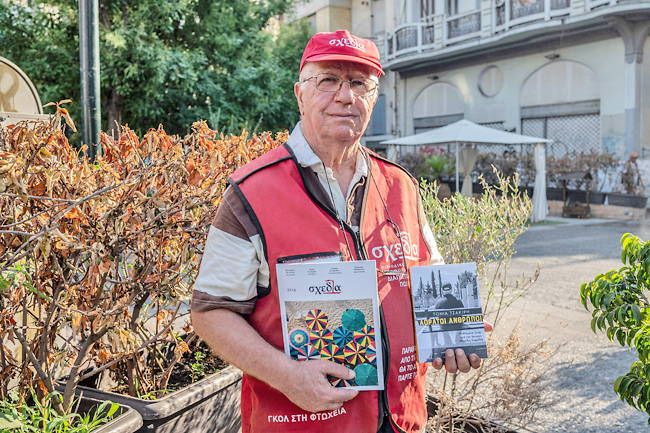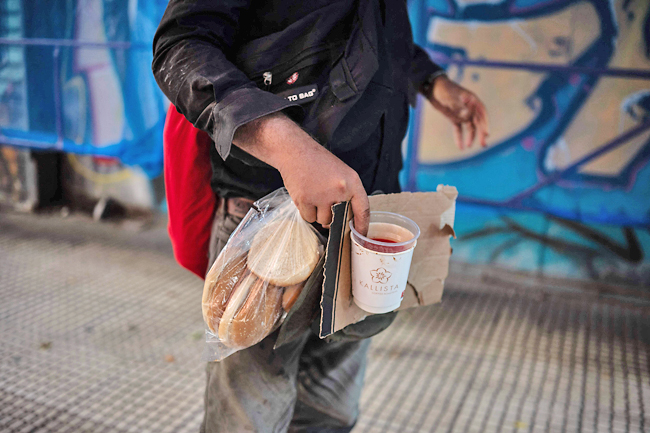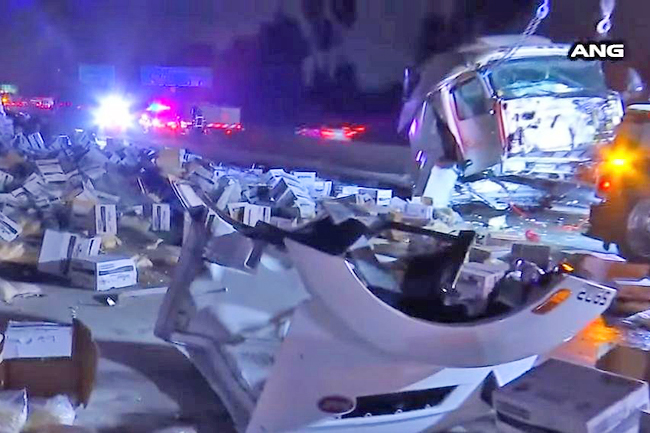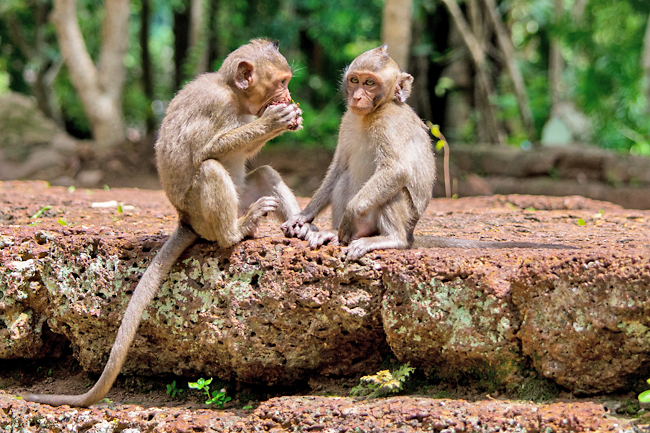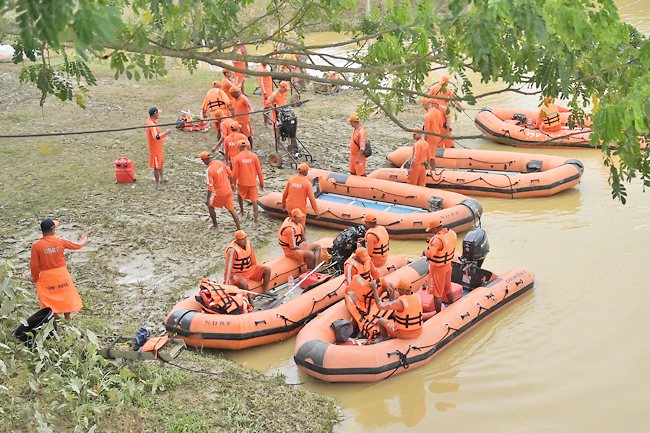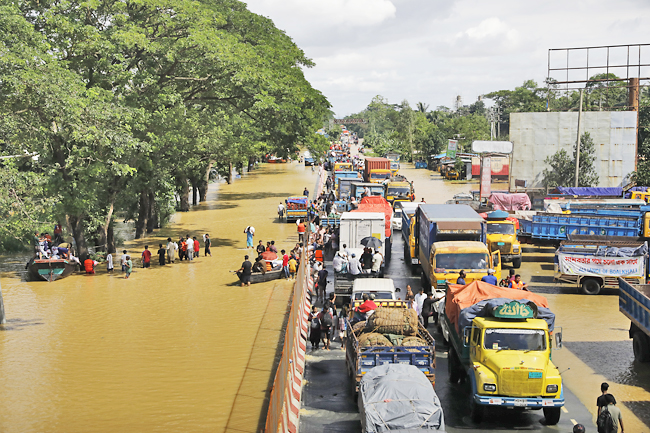ANN/VIET NAM NEWS – An exhibition featuring the portraits of Pham Luan, a celebrated figure in Vietnamese contemporary art, opened at the Vietnam Fine Arts Museum in Hanoi.
Although Pham Luan is best known for his landscape paintings, this marks the first occasion where he has unveiled his portrait work to the public, offering a unique glimpse into his distinctive artistic vision. The ‘Pham Luan – Chân Dung’ (Pham Luan-Portraits) exhibition showcases nearly 60 selected paintings from hundreds created throughout his career, with two-thirds of the pieces completed within the last two years.
Luan believes that portraits must accurately depict the image and aura of the person being portrayed. His most beautiful portraits are those of his wife, children, siblings, colleagues, close friends, and himself, simply because he feels the closest connection to them.
Besides individual portraits, the 70-year-old painter also unveiled group portraits, including notable ones such as Studio Cua Pham Luan (Pham Luan’s Studio) and Toi Nay Có Khách (Guests Tonight). Each person, whether a colleague or a family member, has been “placed” into the paintings, appearing with their own distinctive personalities and expressions, evoking much interest in the viewers.
Over the course of more than 50 years as an artist, Luan has marked the stages of his creative journey with 23 solo exhibitions. His first exhibition was organised in 1991, and the most recent titled Tíc Tac Sài Gòn took place in 2022, portraying the resurgence of Ho Chi Minh City after two years of the COVID-19 pandemic. His artworks have been featured in numerous renowned museums and private collections both domestically and internationally.
His 24th exhibition is held this year as a gift to celebrate his 70th birthday.
Pham Luan-Portraits marks a new milestone in Luan’s artistic career in the genre of portrait painting. He went beyond his familiar successes to set new challenges for himself, demonstrating his dedication and relentless creativity.
Chairman of the Vietnam Fine Arts Association, artist Luong Xuân Đoàn remarked: “The artistic space of Pham Luan is always open, with countless entrances and elusive exits.”
“Luan is indeed a humble person who leads a simple life and has a warm and approachable personality towards everyone. The path of artistic creativity is never without challenges.
The horizon seems so close, but with each step taken, it feels farther away. Luan understands this. The more he paints, the more he explores, the more he evolves and grows as an artist,” the chairman said.
